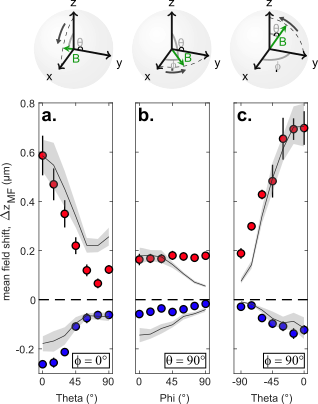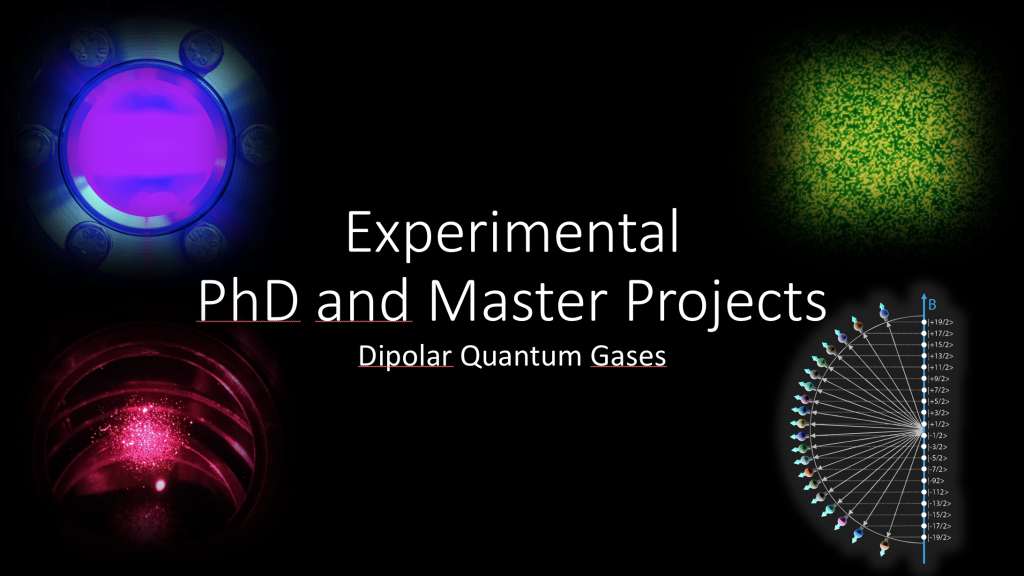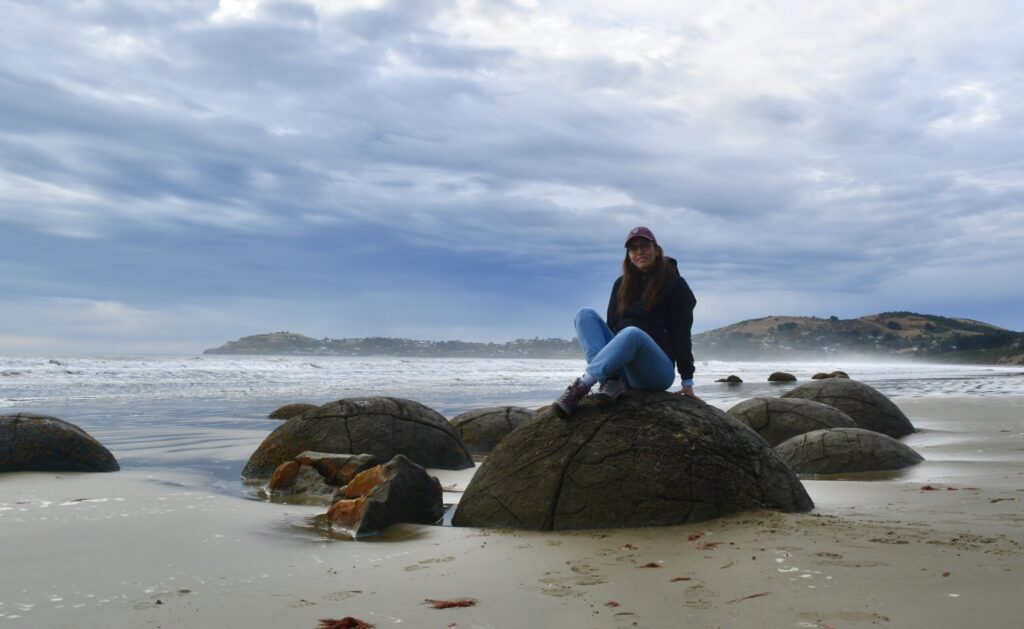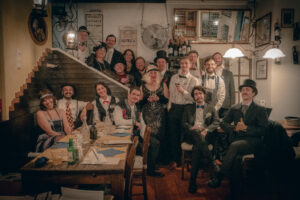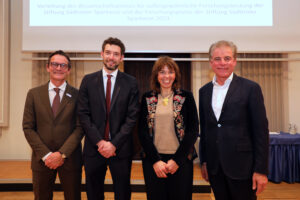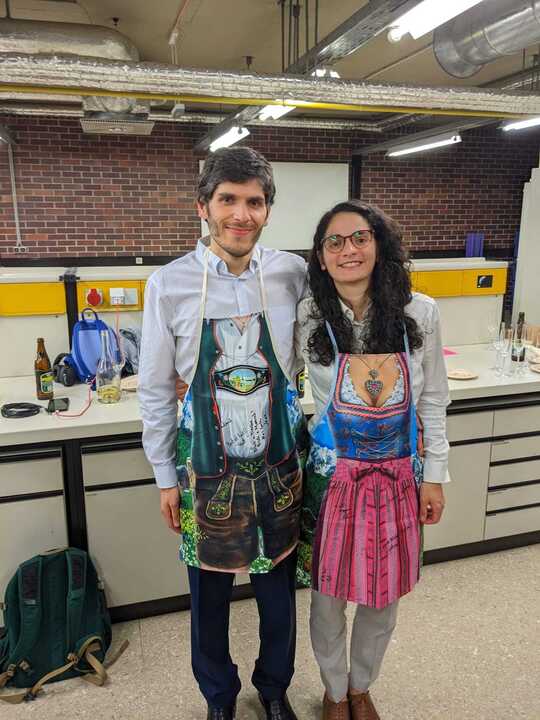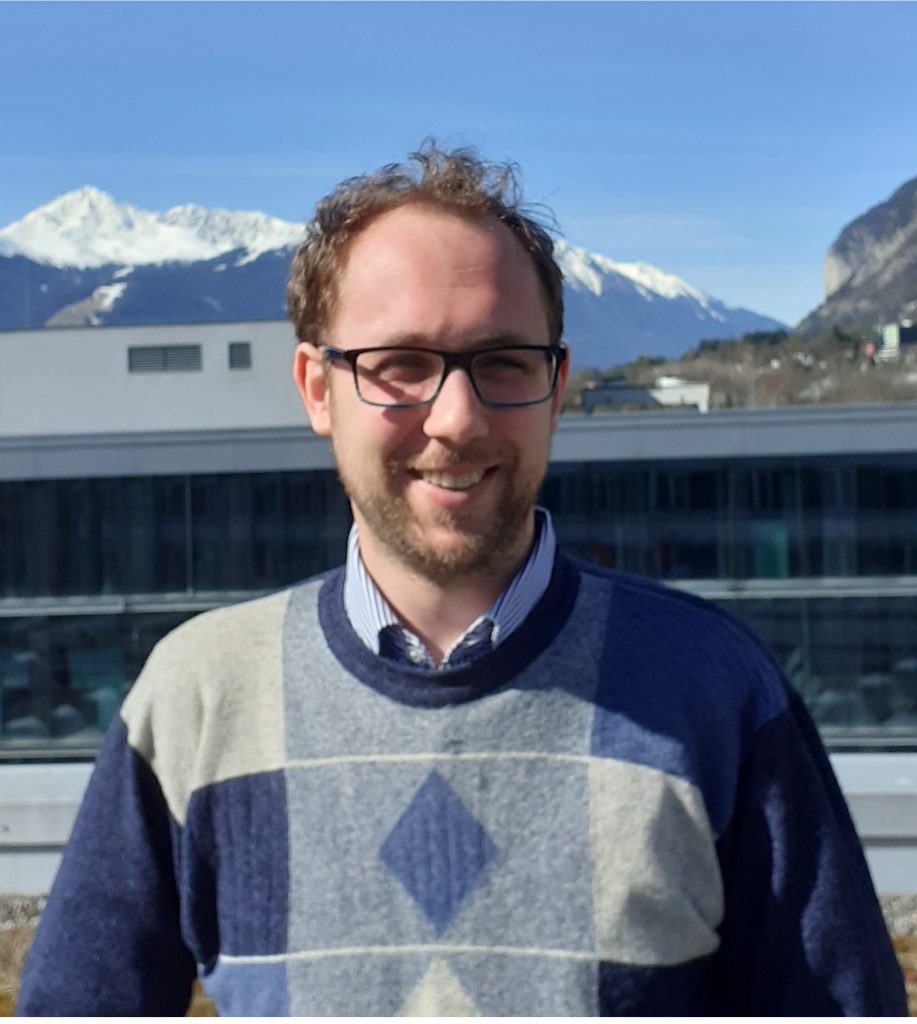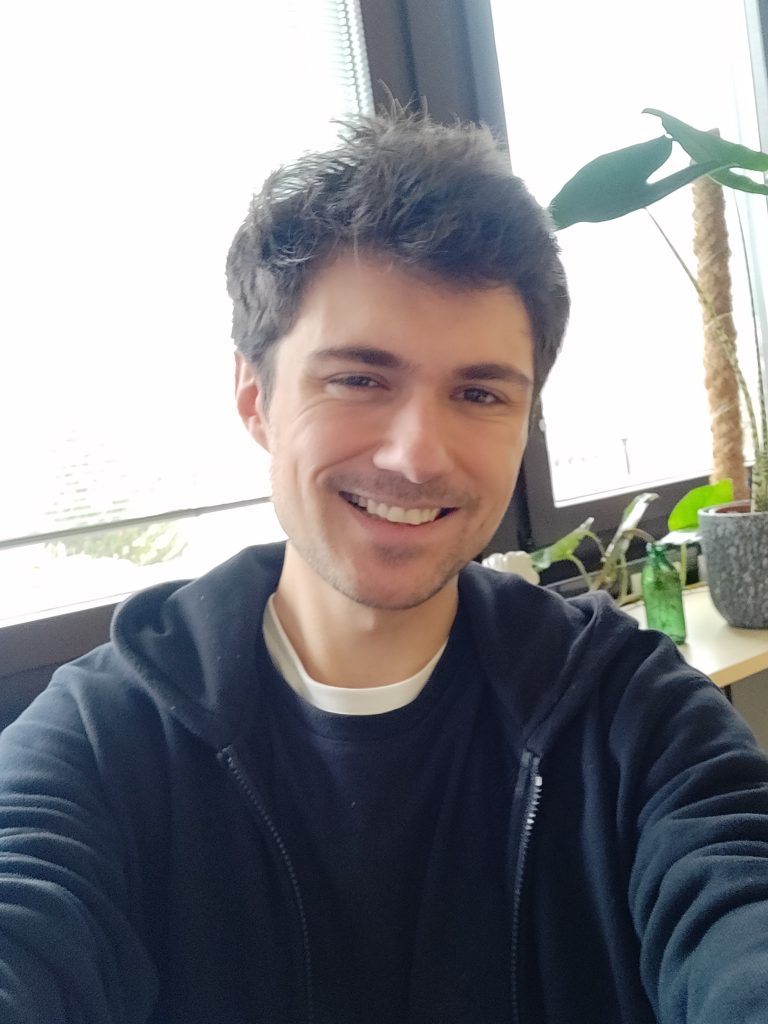
2025 Group Openings!
We are happy to announce that our dipolar quantum gas group has an Academy Scientist + Postdoc and PhD positions open for 2025!

PhD Position in San Sebastian
Apply now for building a powerful new platform for quantum simulation with dysprosium atoms in programmable optical tweezer arrays. More information in the Openings 2025 Section!

“Dance your PhD 2025” contest by Science and AAAS
Congratulations to our PhD student Arfor, who turned our research topics into a dazzling music video!

Long-Range Interactions Workshop 2025
Register now for the Long-Range Interactions Workshop 2025!

Vortices in a supersolid
2024’s Biggest Breakthroughs in Physics: Our research on the observation of vortices in a dipolar supersolid featured by Quanta magazine!

Austrian of the Year 2024
Francesca was crowned as the ‘Austrian of the Year’ in the research category at the Austria 24 gala by Die Presse!

Summer BBQ
Our 2024 Summer BBQ took place on the 24th of June and celebrated the many different achievements of the group!

Murder Mystery Dinner
Our 2024 group dinner took place on the 18th of January at CasoinN da Giorgio restaurant, with a 1920’s Murder Mystery theme!

Glitches in supersolids: links between neutron stars and quantum matter
By emulating the connection between a rotating supersolid phase and an external solid phase, we were able to replicate “glitches” – sudden jumps in the solid angular momentum driven by quantum vortices leaving the supersolid.

Cluster of Excellence Quantum Science Austria granted
Three Clusters of Excellence in Innsbruck have been funded! With highly endowed clusters of excellence, the Austrian Science Fund FWF creates Austrian flagships of basic research. The University of Innsbruck will coordinate the Cluster of Excellence for Quantum Sciences.
Our group studies dipolar quantum gases made of Erbium (Er) and Dysprosium (Dy) atoms. These extraordinarily magnetic species are a powerful new resource for reaching quantum simulation with strong connectivity, in which each atom is coupled to the other over long distances, and exploring exotic phases of matter that have no classical counterpart.
We have three labs: the ERBIUM LAB, where Er was Bose condensed for the first time ever, the Er-Dy LAB which studies quantum dipolar mixtures under a quantum-gas microscope, and the T-REQs LAB, where we trap Er atoms in arrays of optical tweezers for Rydberg physics. Recently, we have established a Theory Group aimed at studying and predicting dipolar phenomena in dipolar quantum gases and mixtures.
The group, led by Francesca Ferlaino, is jointly located at the Institute for Experimental Physics (IExP) of the University of Innsbruck and at the Institute for Quantum Optics and Quantum Information (IQOQI) of the Austrian Academy of Sciences, and it is part of the Innsbruck Center for Ultracold Atoms and Quantum Gases.
Follow our group’s updates on Bluesky  and LinkedIn
and LinkedIn  !
!
News from the labs
Now published as an editors' suggestion in PRA, we present a first study of the influence of the dipole-dipole interaction on the total inter-species interaction in our erbium-dysprosium mixture, in collaboration with M. Modugno from the University of the Basque Country.
Keep Reading ...
Our new pre-print with collaborators at ICFO, Barcelona, investigates the topological properties of the bond order wave in the extended Fermi-Hubbard model.
Keep Reading ...
It is now an exciting time to work with ultracold highly-magnetic quantum gases, thrived by the rapid developments of quantum science based on lanthanide species. We are continually searching for outstanding Master and PhD Students!
Keep Reading ...
Group news
Our PhD student Elena is visiting for one month the group of Professor Blair Blakie at Otago University in New Zealand, as part of her DK-ALM research stay abroad.
Keep Reading ...
Our 2024 group dinner took place on the 18th of January at CasoinN da Giorgio restaurant, with a 1920's Murder Mystery theme!
Keep Reading ...
Francesca was awarded the Südtiroler Sparkasse Foundation's Science Prize for exceptional research achievements on the 24th of January 2024 .
Keep Reading ...
Welcome and goodbye
Claudia Politi and Gabriele Natale obtained their PhD in May 2023 and are now heading to ETH Zürich to work respectivly in the groups of Prof. J. Home and Prof. T. Esslinger. We wish you great succes in your next adventures in physics!
Keep Reading ...
Welcome to Andrea Di Carli, who has joined the Dipolar team as Academy Scientist. Andrea joined us from the group of Prof. S. Kuhr at University of Strathclyde.
Keep Reading ...
Welcome to Ferdinand Claude in the ERBIUM team! He has joined us as a postdoc from LKB to bring his knowledge on quatum fluid of light to quantum fluid of atoms.
Keep Reading ...
 and LinkedIn
and LinkedIn ![]() !
!










